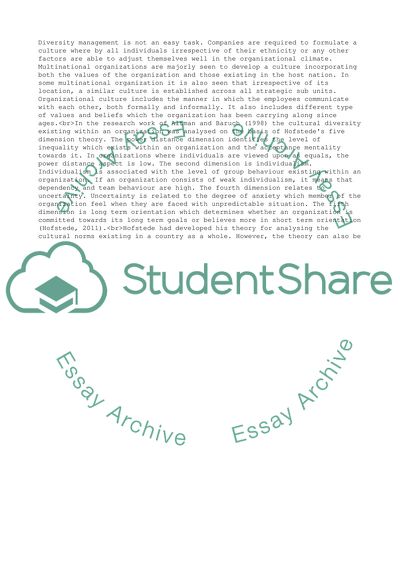Cite this document
(Managing across culture report Essay Example | Topics and Well Written Essays - 1750 words, n.d.)
Managing across culture report Essay Example | Topics and Well Written Essays - 1750 words. https://studentshare.org/business/1850551-managing-across-culture-report
Managing across culture report Essay Example | Topics and Well Written Essays - 1750 words. https://studentshare.org/business/1850551-managing-across-culture-report
(Managing across Culture Report Essay Example | Topics and Well Written Essays - 1750 Words)
Managing across Culture Report Essay Example | Topics and Well Written Essays - 1750 Words. https://studentshare.org/business/1850551-managing-across-culture-report.
Managing across Culture Report Essay Example | Topics and Well Written Essays - 1750 Words. https://studentshare.org/business/1850551-managing-across-culture-report.
“Managing across Culture Report Essay Example | Topics and Well Written Essays - 1750 Words”. https://studentshare.org/business/1850551-managing-across-culture-report.


